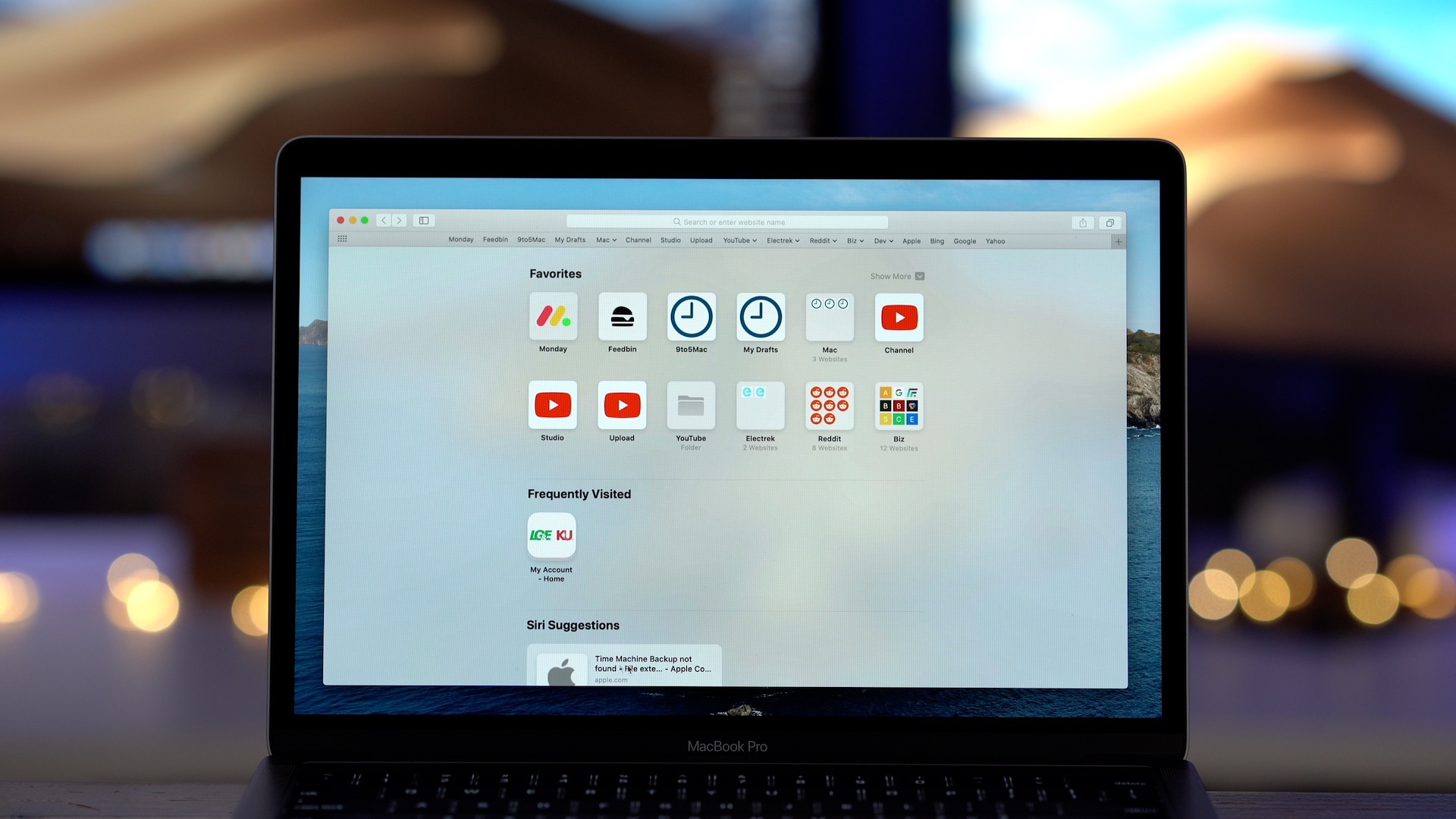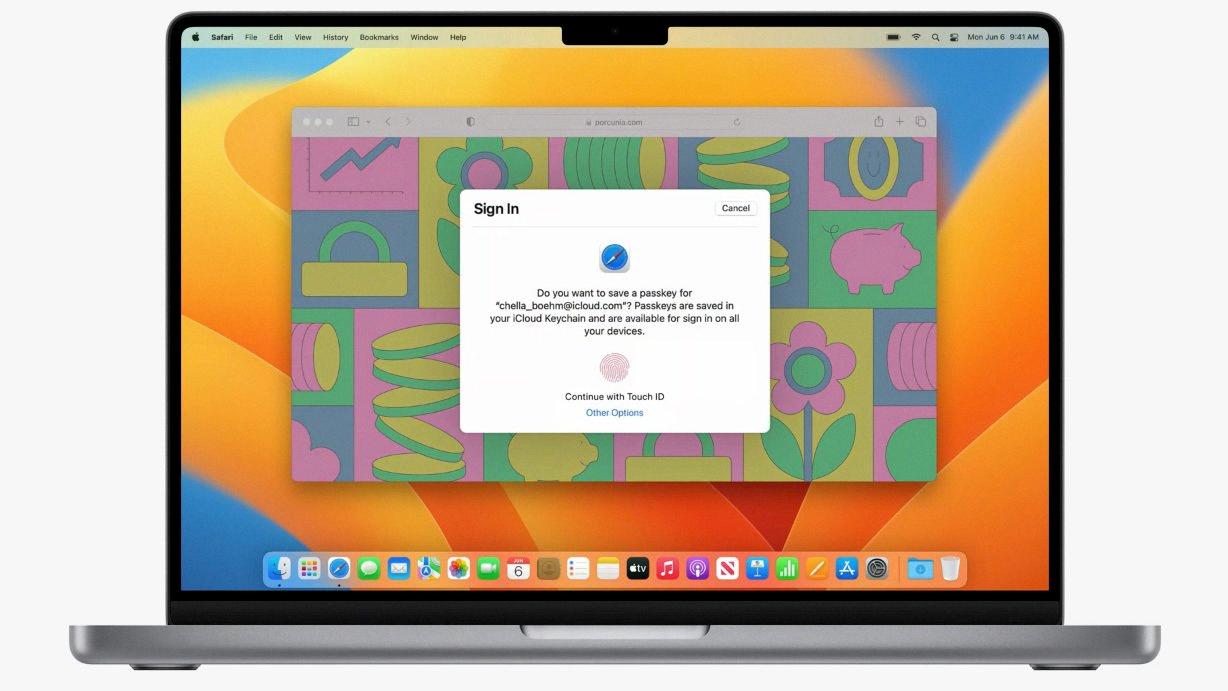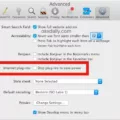Are you having trouble with Safari on your Macbook Air? If so, you’re not alone! Many users have experienced difficulties when trying to quit Safari on their Macbook Air. Don’t worry – we’ll walk you through the steps of force quitting the app so that you can get back to browsing in no time!
First, let’s cover how to force quit Safari on a Macbook Air. To do this, press Command-Q on your keyboard. This will attempt to quit the app normally. However, if Safari doesn’t quit properly after pressing Command-Q, then it’s time to use Option-Command-Esc. This will bring up a Force Quit Applications window that will list all open programs. Select the app from the list and click Force Quit to close it.
Alternatively, you can also access the Apple menu by clicking it in the top left corner of your screen. From there, choose Force Quit and select the app before clicking Force Quit again.
Finally, if the two methods don’t work for you, then right-click or Control-click on the app’s icon in the Dock and choose Force Quit. This should do the trick!
We hope these instructions were helpful in teaching you how to force quit Safari on a Macbook Air. If you have any further questions or concerns about this topic, don’t hesitate to contact us at [support email] for more assistance!

Troubleshooting a Frozen Safari on Macbook
If your Macbook is frozen on Safari, your best bet is to force quit the application. To do this, press and hold the Command + Option + Esc keys on your keyboard. A window will appear with a list of applications currently running; select Safari from this list and click Force Quit. This should end the application and free up your Macbook. If it does not, press and hold the Power button until your Macbook turns off, then turn it back on again. Once your Macbook has restarted, try to open Safari again. If it still won’t open or becomes frozen again, you may need to reset your computer by holding down the Power button for 10 seconds or more.
Forcing Safari to Quit Manually
To force quit Safari manually, first open the Force Quit Applications window by pressing the Option + Command + Esc keys on your Mac’s keyboard. This will bring up a list of all the applications that are currently running on your machine. Select Safari from this list and then click the Force Quit button at the bottom right corner of the window. This will terminate Safari and any other related processes that may be running in the background.
Quitting Safari When Force Quit Does Not Work
If force quitting Safari doesn’t work, you can try quitting the app from within the app itself. To do this, open Safari and press Command + Q to quit the app. If this doesn’t work, then you may need to restart your computer to force quit any stubborn processes that could be preventing Safari from closing. Additionally, if you are using a Mac, you can try using Activity Monitor which can be used to locate and close processes that aren’t responding. To do this, open Activity Monitor either by searching in Spotlight or accessing it through the Applications folder. Once opened, search for “Safari” in the search box located at the top right corner of the window. Select it from the list and then click on “Quit Process” located at the top left corner of the window. This should force quit Safari and allow you to relaunch it again.
Quitting Safari Completely
To completely quit Safari, you can use the menu bar drop-down, right-click on the dock icon and select “Quit” or “Force Quit”. You can also use the keyboard shortcut ?Q (Command+Q). If these methods don’t work, you can Force Quit Safari by using the??? (Option+Command+Escape). This will close all windows and quit the application.
Troubleshooting Safari Not Responding on Macbook Air
Safari may not be responding on your MacBook Air for a number of reasons. It could be due to a slow internet connection, outdated software, or faulty hardware. If you are using an older version of macOS, this can also cause Safari to become unresponsive. Additionally, if you have too many tabs or windows open in Safari, it can cause the browser to become unresponsive. To fix this issue, try closing some of your tabs and windows and see if that helps. You may also want to make sure that your macOS is up-to-date, as well as any plugins or extensions you have installed in Safari. If the issue persists after these steps, try restarting your MacBook Air and then launching Safari again.
Restarting a Macbook When Safari Won’t Close
If Safari won’t close, you’ll need to restart your Macbook in order to resolve the issue. To do this, press and hold the power button on your Macbook for up to 10 seconds until it turns off. Once it has turned off, press the power button again to turn it back on and your Macbook should be restarted.

Source: uk.pcmag.com
Conclusion
In conclusion, Safari is a great web browser for Macbook Air users. It’s fast and easy to use, with lots of features and extensions that make it an excellent choice for anyone who neds a reliable and capable web browser. With its built-in security features such as Private Browsing mode and sandboxed tabs, Safari is also a secure option for browsing the web. Additionally, Safari can be quit easily using keyboard shortcuts like Command-Q or Option-Command-Esc, or by accessing the Apple menu or right-clicking on its icon in the Dock. All in all, Safari provides Macbook Air users with a powerful and secure web browsing experience.








